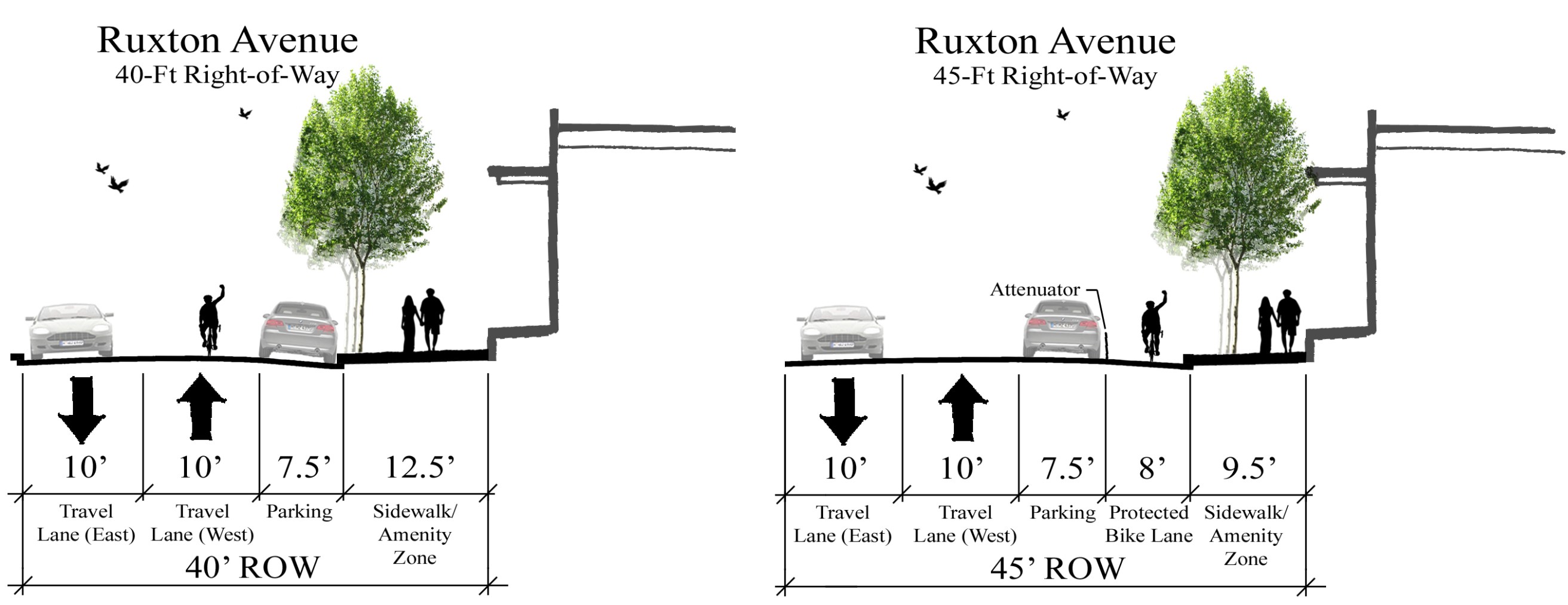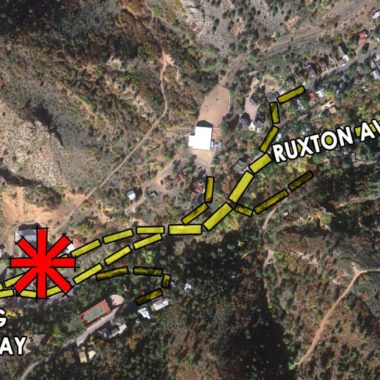In the Spring/Summer of 2015, ALC conducted an inventory study of the impact of the amenities of Mt. Manitou on the Ruxton Avenue Corridor in Manitou Springs. The full report can be found here: Ruxton Avenue Use and Impact Study
This project utilized the common-sense approach of placemaking made popular by Holly Whyte, author of The Social Life of Small Spaces, of observing how a place is used. ALC monitored a range of actions on the corridor ranging from the vehicular volume and velocity of the street to one-on-one interviews understanding why a pedestrian might favor one side of the street over another on different segments of the corridor. The project was funded by three primary stakeholders of the corridor: The City of Manitou Springs, The Cog Railway, and the Friends of Ruxton Canyon (comprised of mostly residents along the corridor).
Some of our key recommendations for the corridor include:
- Encourage the transition of land use of the area at the base of Mt. Manitou toward more tourist-related uses. Currently, parking is the predominant land use which is counter-productive for decreasing traffic on Ruxton Avenue. Contrary to adding more parking, the City should commit to alternative modes of transportation and capitalize on the high potential for revenue generation from activities such shopping, leisure, lodging, and entertainment.
- Explore opportunities for a shared parking structure with the City of Colorado Springs between Manitou Springs and Colorado Springs. Such a structure could serve as a Park & Ride for Colorado Springs and Manitou Springs.
- Condense vehicular travel lanes less than 10-feet in width, allowing defined space for on-street parking and other modes of transportation.
- Combine the two currently dysfunctional narrow sidewalks with the installation of a single, larger sidewalk.
- Provide a dedicated trolley to the base of Mt. Manitou.







